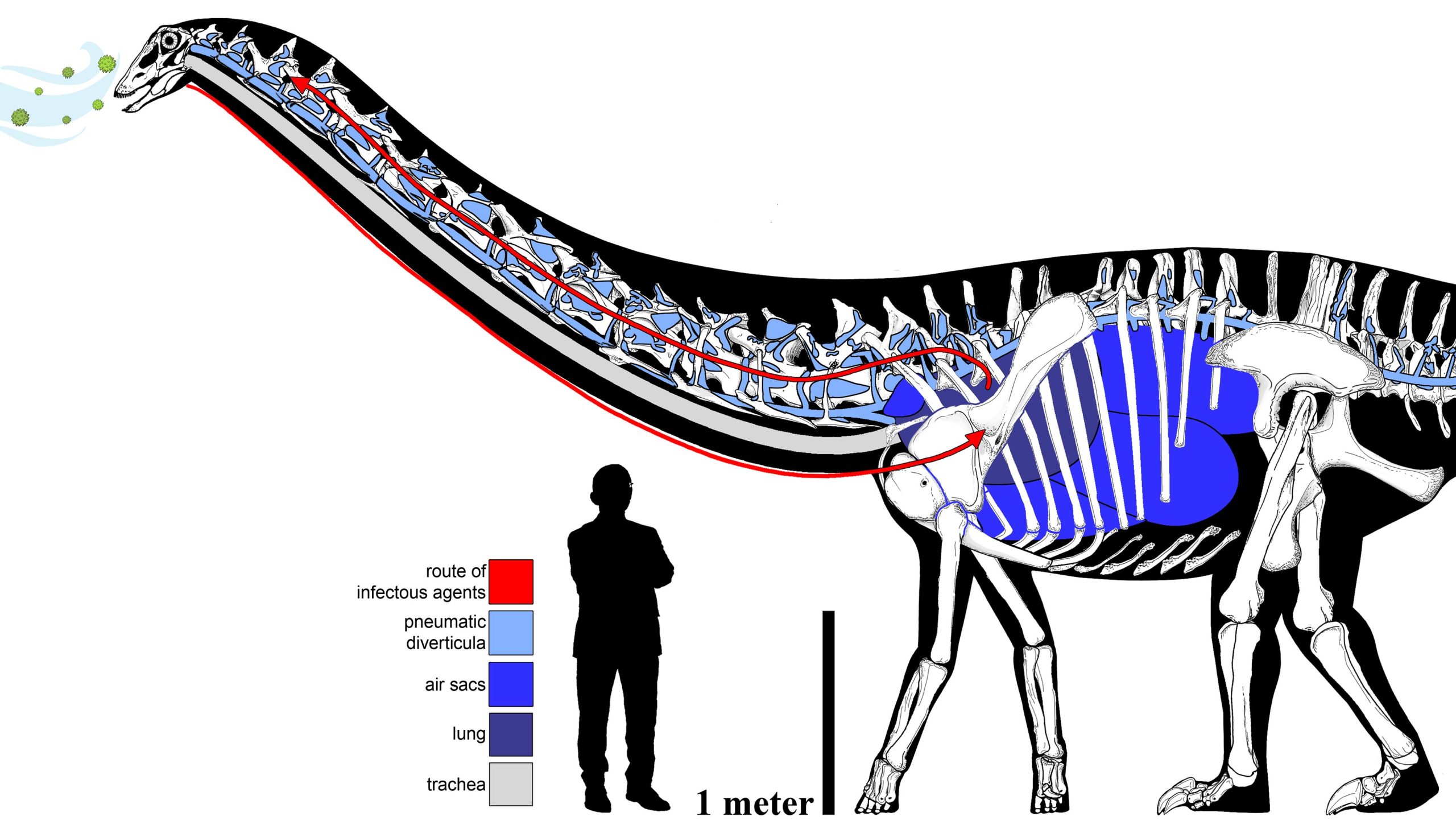
If basking sharks were like Canadians, their migration habits might be easily explained: Head south to avoid winter’s chill, and north again to enjoy summer’s warmth.
It turns out basking sharks are a more complex puzzle, Western biology professor Paul Mensink and his colleagues discovered while examining the seasonal movements of the enormous fish.
Mensink and fellow researchers at Queen’s University Belfast in Northern Ireland tracked four basking sharks—so large they can reach the size of a school bus—off the northernmost tip of Ireland to find out where they overwinter, and why.
They affixed tags that would record the sharks’ location, along with water temperature and depth.
“The assumption was that they swim to Ireland’s coastal waters for the summer, because of its really productive feeding areas, and then take off for the south in winter where it’s warmer. We initially thought that water temperature must be the trigger for them to leave,” Mensink said.
“They blew our assumptions out of the water.”
Two of the four sharks, surprising the researchers, stayed put.
The other two migrated south to tropical and subtropical waters off the African coast, as expected.
But instead of lounging in warm waters there, these two spent much of their time in water that was deeper—and much colder—than if they’d stayed nearer to Ireland.
Early each morning, these sharks would dive to depths of 200 to 700 meters, return near the surface near midday, then submerge to the chilly depths in the evening.
“It was like clockwork,” said Mensink, a marine ecologist who specializes in educational technology and is a teaching fellow in Western’s Faculty of Science. “It’s almost like the dive pattern of an animal that has to come up to the surface to breathe air—but, of course, they don’t.”
During their dive cycle, the sharks put themselves through an extreme range of water temperatures: 27 C near the surface and a frigid 7 C in the depths.
So why would any rational, cold-blooded creature do that?

“Ultimately, what we suspect is they’re going down to feed in what we call the deep scattering layer, which is chock full of gelatinous zooplankton and other things they feed on,” Mensink said. And at midday, they rise nearer the surface to bask in the warmth, as their name would suggest.
Meanwhile, the sharks that remained in shallower waters near Ireland’s coast experienced neither extreme cold nor warmth as winter water temperatures ranged from 9 C to 17 C
Unlike their offshore counterparts, the stay-at-home sharks showed little variation in depth during the six months the four animals were tracked.
Their newly published study appears in the journal Environmental Biology of Fishes.
As to why two lingered and the other two swam south, Mensink’s team doesn’t yet have an answer.
Study co-author Jonathan Houghton of Queen’s University Belfast said, “This study tempts us to think about basking sharks as an oceanic species that aggregates in coastal hotspots for several months of the year (most likely for reproduction), rather than a coastal species that reluctantly heads out into the ocean when decreasing water temperatures force them to.”
The findings are a reminder that research into ocean habitats and sea animals’ habits must include both depth and distance, Mensink said. “We have to think about the ocean as a three-dimensional place.”
One important lesson of the study is that conservation of deep-ocean habitats is essential to the creatures’ survival, said Queen’s University Belfast researcher Emmett Johnston, lead author of the study.
“Likewise, further evidence of individual basking sharks occupying Irish coastal waters year-round has significant implications for national and European conservation efforts.”
Basking sharks are the second-largest fish in the ocean (behind whale sharks) and use their enormous mouths and gill-rakers to filter-feed tiny organisms such as zooplankton. They are deemed a vulnerable species globally.
In Canada, they have been designated an endangered species off the Pacific coast.
The team is collaborating on basking sharks as part of the major EU SeaMonitor, which with partners in Ireland, Northern Ireland, Scotland, Canada and the U.S., is developing a collective conservation strategy for wide-ranging marine species.
Mensink’s teaching and research into basking sharks includes a plan to bring Western undergraduate students into the fishes’ ocean habitat through an augmented reality app in March, when they will, virtually, immerse themselves in the ocean ecosystem and “swim” beside the creatures.
More information:
E. M. Johnston et al, Cool runnings: behavioural plasticity and the realised thermal niche of basking sharks, Environmental Biology of Fishes (2022). DOI: 10.1007/s10641-021-01202-8
Citation:
New findings on basking sharks blow assumptions out of the water (2022, February 10)
retrieved 17 February 2022
from https://phys.org/news/2022-02-basking-sharks-assumptions.html
This document is subject to copyright. Apart from any fair dealing for the purpose of private study or research, no
part may be reproduced without the written permission. The content is provided for information purposes only.
Note: This article have been indexed to our site. We do not claim legitimacy, ownership or copyright of any of the content above. To see the article at original source Click Here













